Astronomers first spotted FU Orionis brightening 1,000 times in 1937. Now, they finally think they know why, thanks to ALMA.
Artist’s impression of one of the two stars in the FU Orionis binary system, surrounded by an accreting disk of material. Credit: NASA/JPL-Caltech
Here’s what scientists do know about FU Ori stars and their variability. They brighten when they attract gas gravitationally into an accretion disk. Too much mass at once can destabilize the disk, and as material falls into the star, it brightens. But what they didn’t understand was why and how this happened.
This figure from the research shows 12CO and 13CO emissions as detected by ALMA. The colours denote velocity. The CO streamer of infalling gas is labelled. “The elongated feature has a connection neither to the larger-scale molecular outflow nor to the inner disk rotation and is more similar to accretion streamers recently reported around young stellar objects,” the authors explain. Image Credit: Hales et al. 2024.
This image from the research shows the model results overlain on ALMA data. The streamer modelling closely matches the data. “The fitting results suggest that the morphology and the velocity profile of the observed streamer emission can be well represented as a trail of infalling gas,” the authors write in their published research. Image Credit: Hales et al. 2024.
United States Latest News, United States Headlines
Similar News:You can also read news stories similar to this one that we have collected from other news sources.
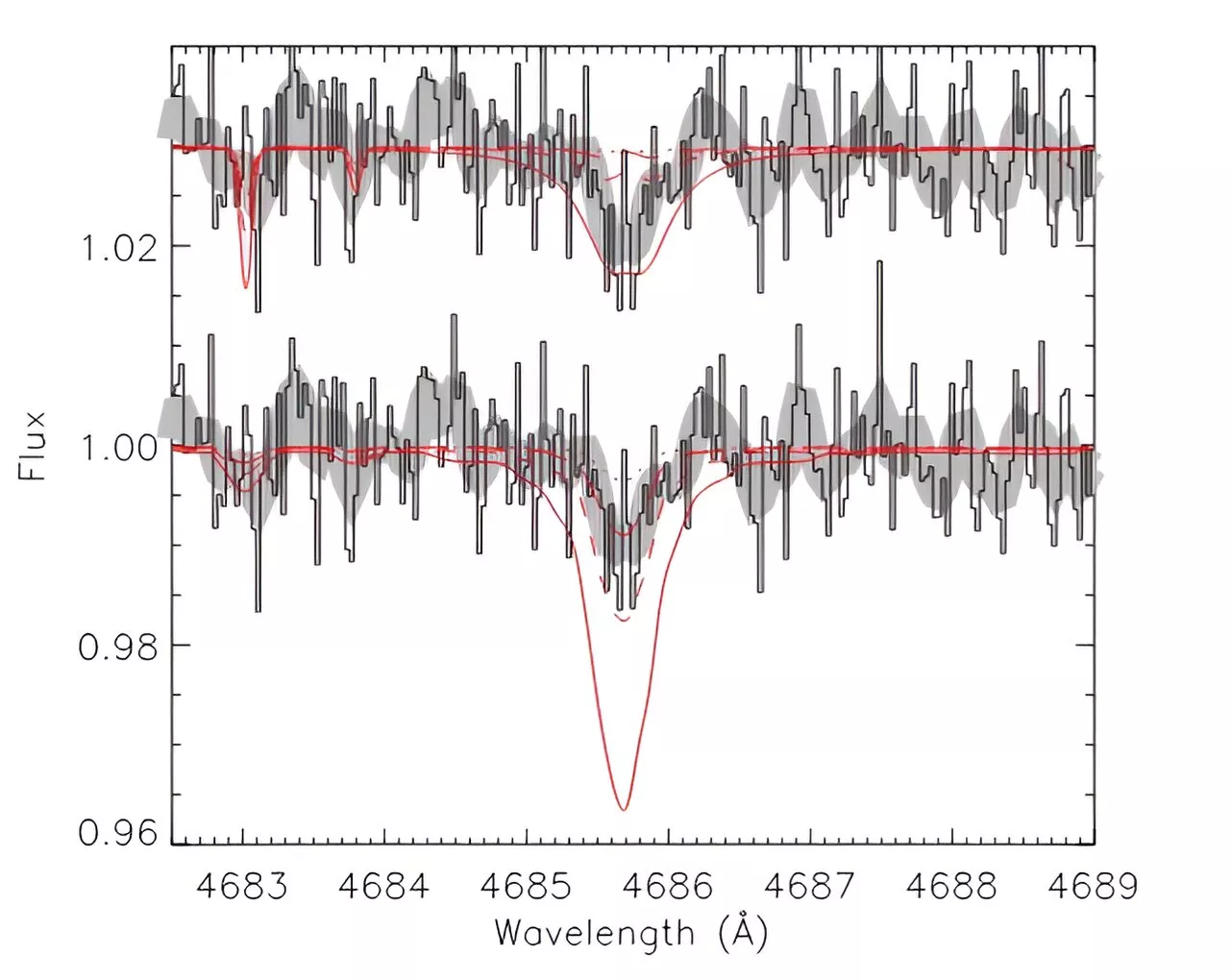 Astronomers discover the most metal-poor extreme helium starUsing the Southern African Large Telescope (SALT), astronomers have performed high-resolution observations of a recently detected extreme helium star designated EC 19529–4430. It turned out that EC 19529–4430 is the most metal deficient among the population of known extreme helium stars.
Astronomers discover the most metal-poor extreme helium starUsing the Southern African Large Telescope (SALT), astronomers have performed high-resolution observations of a recently detected extreme helium star designated EC 19529–4430. It turned out that EC 19529–4430 is the most metal deficient among the population of known extreme helium stars.
Read more »
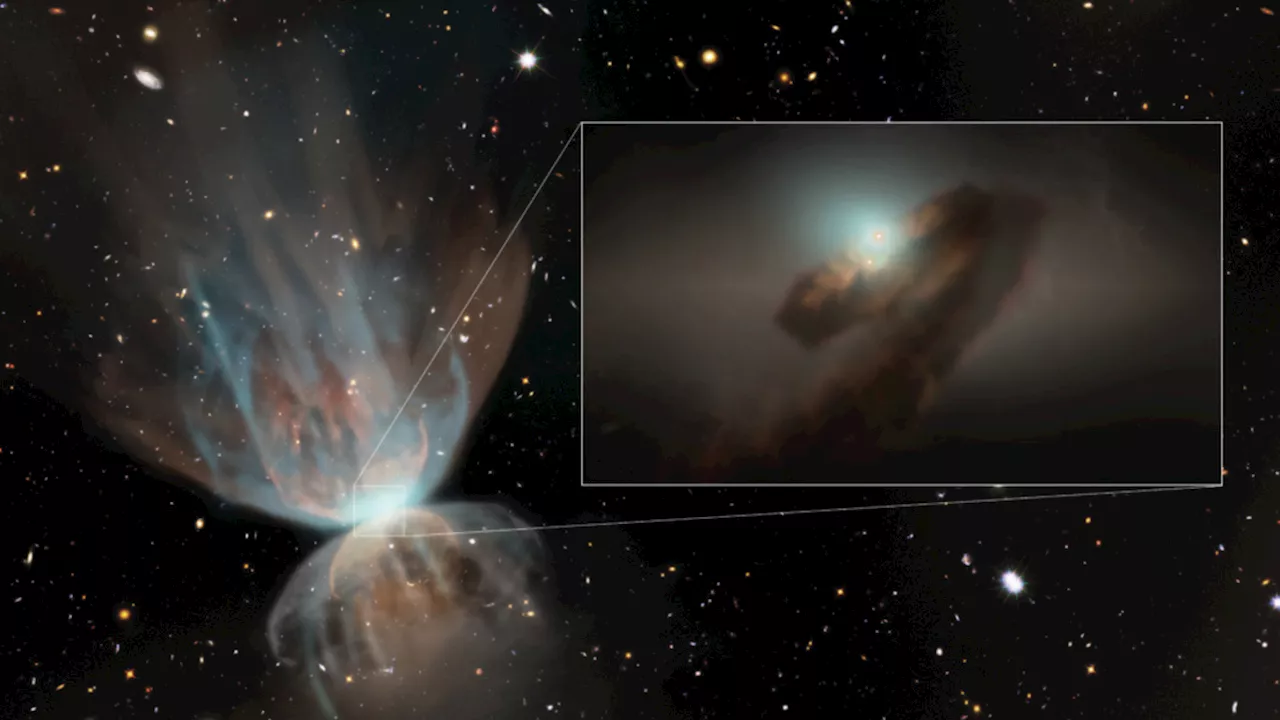 Astronomers close in on the mystery of the erupting Orion star system (video)Robert Lea is a science journalist in the U.K. whose articles have been published in Physics World, New Scientist, Astronomy Magazine, All About Space, Newsweek and ZME Science. He also writes about science communication for Elsevier and the European Journal of Physics. Rob holds a bachelor of science degree in physics and astronomy from the U.K.
Astronomers close in on the mystery of the erupting Orion star system (video)Robert Lea is a science journalist in the U.K. whose articles have been published in Physics World, New Scientist, Astronomy Magazine, All About Space, Newsweek and ZME Science. He also writes about science communication for Elsevier and the European Journal of Physics. Rob holds a bachelor of science degree in physics and astronomy from the U.K.
Read more »
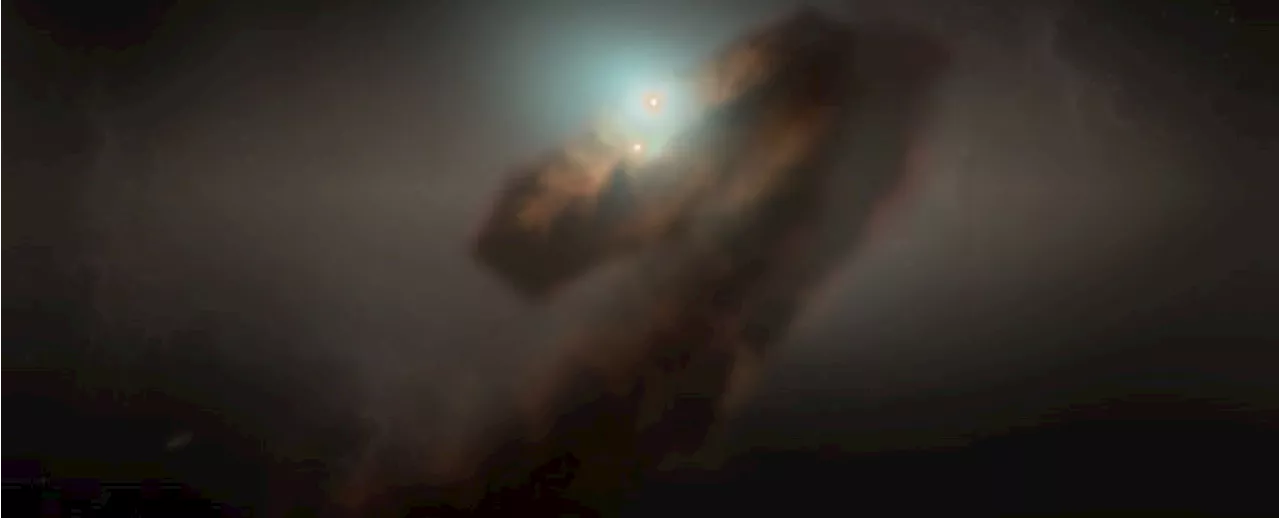 Astronomers Finally Solve Mystery of Star Violently Erupting For DecadesThe Best in Science News and Amazing Breakthroughs
Astronomers Finally Solve Mystery of Star Violently Erupting For DecadesThe Best in Science News and Amazing Breakthroughs
Read more »
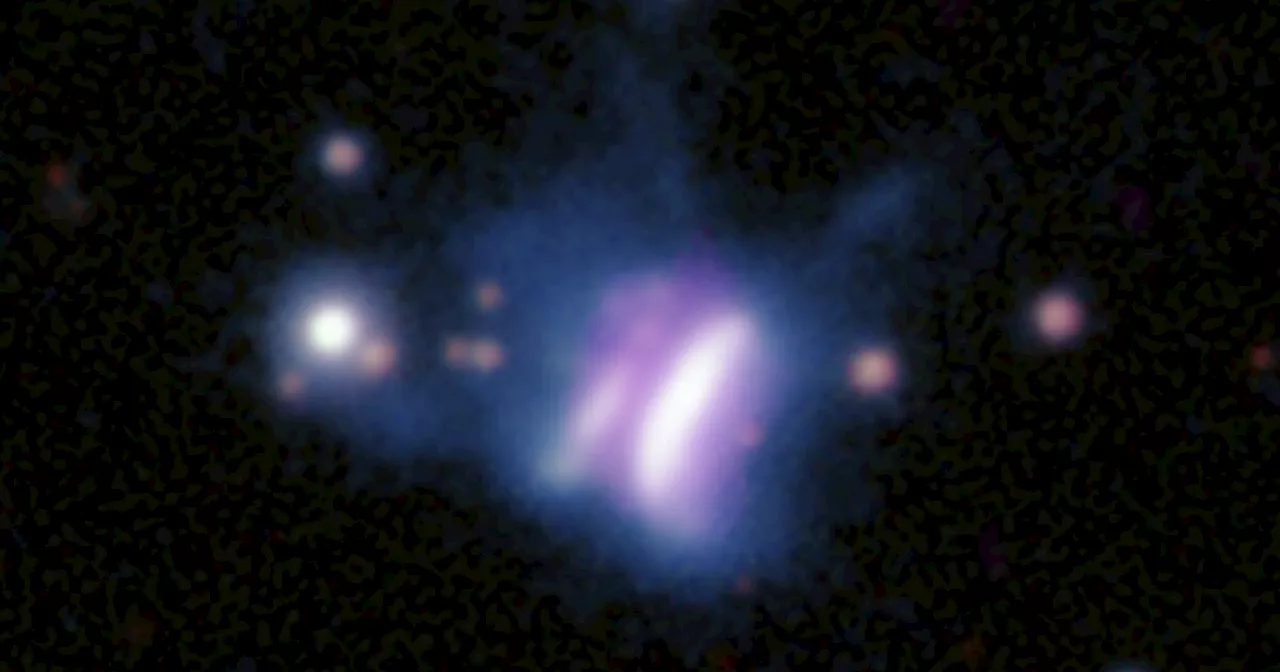 Astronomers find the biggest known batch of planet ingredients swirling around young starAstronomers have discovered what they believe is the biggest known batch of planet-making ingredients in the cosmos
Astronomers find the biggest known batch of planet ingredients swirling around young starAstronomers have discovered what they believe is the biggest known batch of planet-making ingredients in the cosmos
Read more »
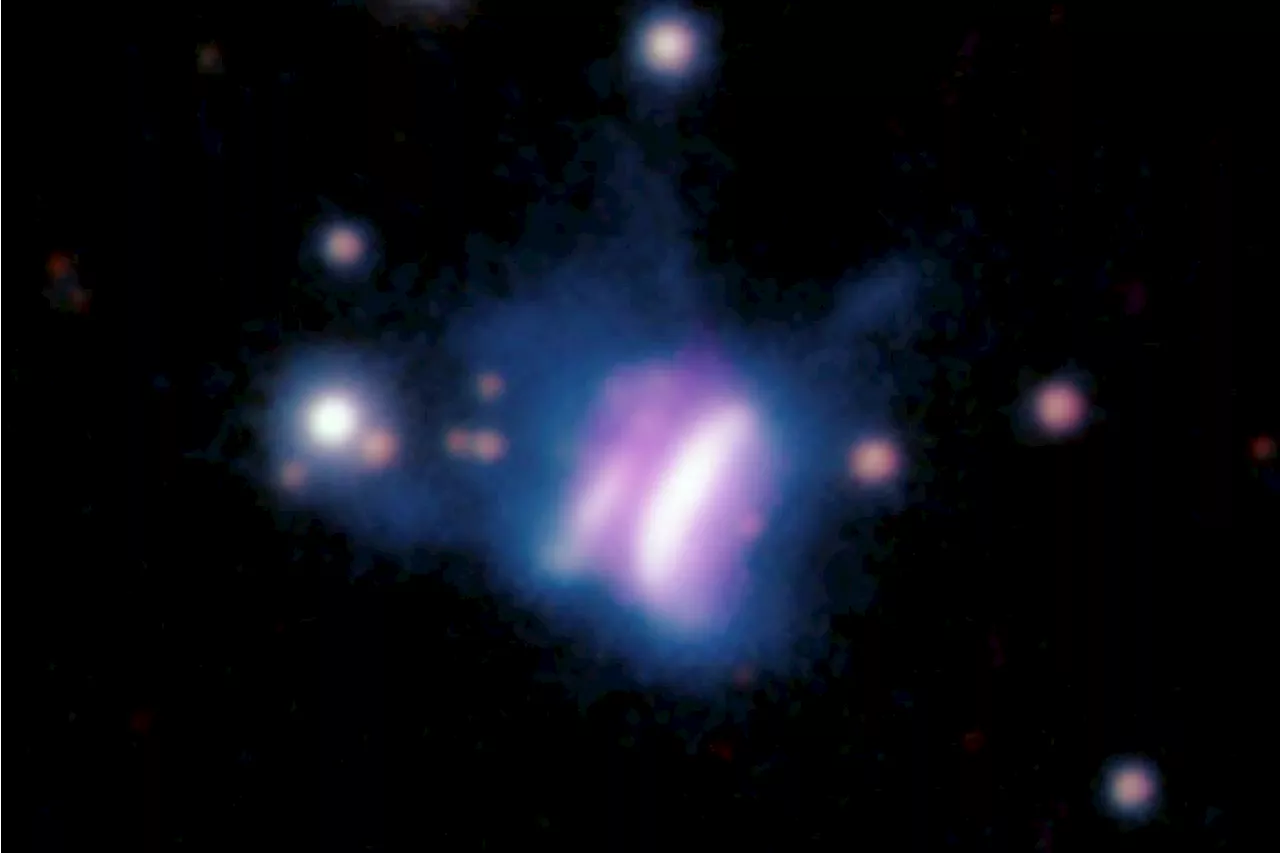 Astronomers find the biggest known batch of planet ingredients swirling around young starAstronomers have discovered what they believe is the biggest known batch of planet-making ingredients in the cosmos.
Astronomers find the biggest known batch of planet ingredients swirling around young starAstronomers have discovered what they believe is the biggest known batch of planet-making ingredients in the cosmos.
Read more »
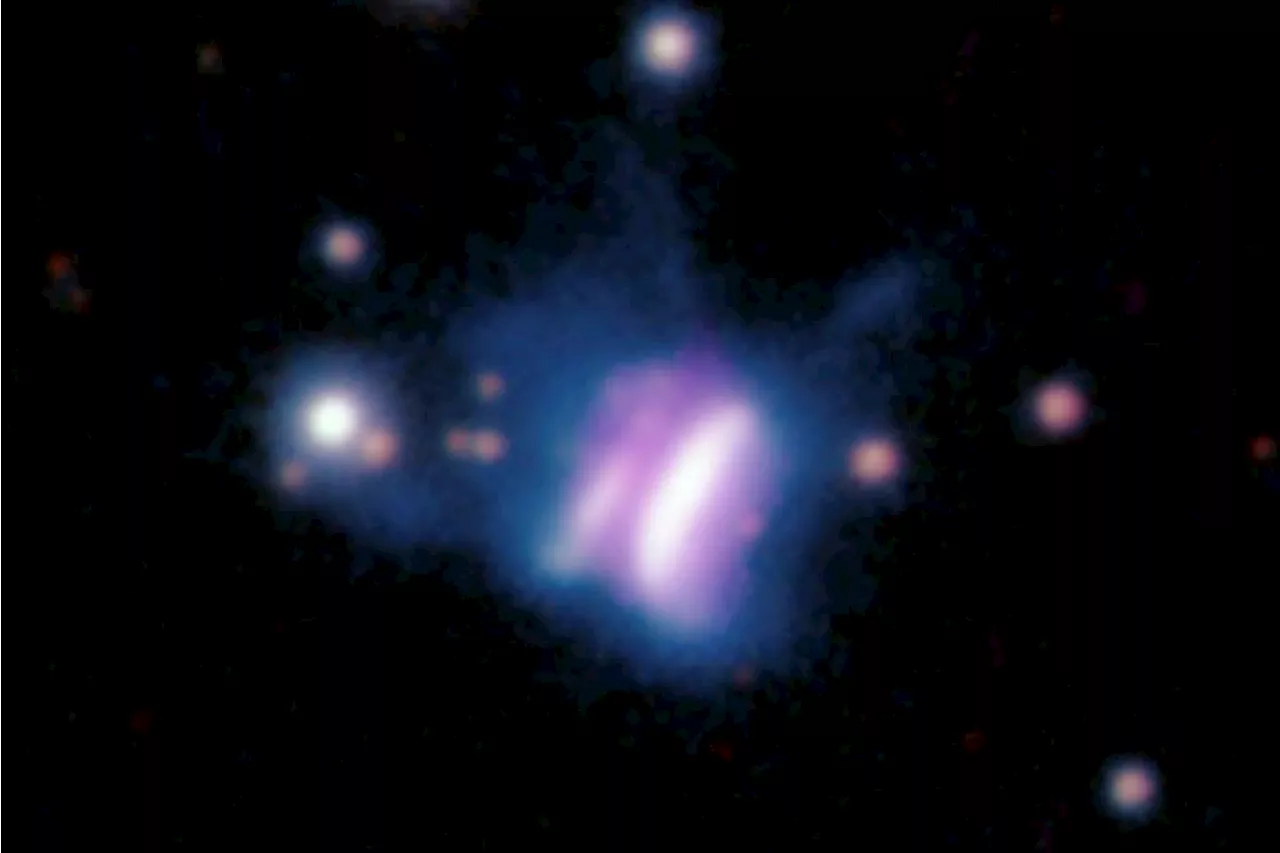 Astronomers find the biggest known batch of planet ingredients swirling around young starAstronomers have discovered what they believe is the biggest known batch of planet-making ingredients in the cosmos.
Astronomers find the biggest known batch of planet ingredients swirling around young starAstronomers have discovered what they believe is the biggest known batch of planet-making ingredients in the cosmos.
Read more »
